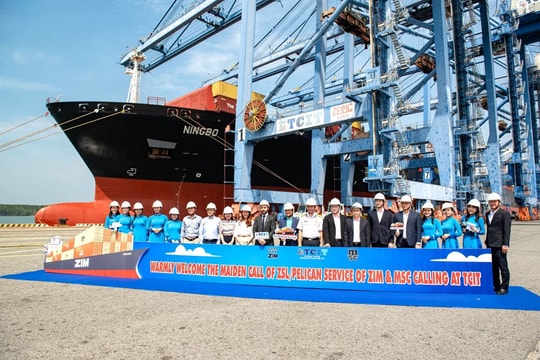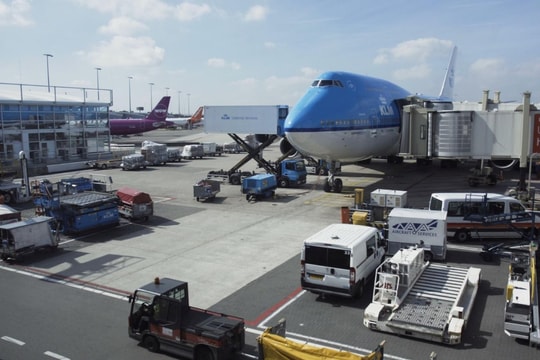
Skills Shortage in the Supply Chain
According to a Gartner survey in September 2023, only 46% of employees felt that their organizations supported their career development, meaning 54% did not receive such support. Replacing employees can be a significant cost for businesses, reaching tens of thousands of dollars per new hire, not to mention the risk of “brain drain” as valuable knowledge and experience are lost.
A report by Skills Dynamics also revealed that 20% of surveyed companies planned to allocate less than $25,000 for training budgets, 7% had budgets between $25,000 and $50,000, and 3% reported budgets ranging from $75,000 to $100,000. Notably, 29% admitted to having no specific training budget, while another 31% were uncertain about their budget allocations.
Keyia Burton, Senior Principal at Gartner’s HR advisory division, remarked:
"Most organizations are providing managers with resources to support employees and implementing processes to monitor career development activities to meet employees’ expectations for growth. However, organizations still fall short due to a mismatch between what they can feasibly provide and what employees expect."
AI: An Opportunity to Upskill Procurement Professionals
For companies with limited budgets, AI can be an effective solution for upskilling procurement staff. Beyond automating tasks such as supplier negotiations, AI can create internal career development pathways within organizations.
A 2021 McKinsey survey found that 99% of companies stated they needed more digital supply chain talent to support their digitization plans. Among them, 55% aimed to reskill their existing workforce for the digital future, 52% hoped to hire external talent, and 30% planned to redeploy their internal labor force.
EY, in its 2024 report, highlighted that:
"The integration of AI into the supply chain is no longer a distant prediction but an ongoing reality. For example, in a 2024 EY survey, 72% of respondents stated that their employees use AI daily in the workplace. As more companies integrate AI use cases into their supply chains, job requirements are shifting rapidly. Traditional roles are being redefined, requiring employees to adapt and become technologically fluent."
EY further emphasized that to close the skills gap, organizations must develop technology-savvy leaders:
"Leaders must be equipped not only with a foundational understanding of AI and automation but also with the strategic foresight to leverage these tools for innovation and competitive advantage."

Investing in AI-Driven Automation
While many fear that AI will replace workers, that is not necessarily the case. Erin McFarlane, Vice President of Operations at Fairmarkit, shared in a July 2024 interview with Supply Chain Management Review that automating tasks such as procurement with AI allows staff to focus on more value-added tasks.
"A lot of work in procurement and supply chain is repetitive, like moving data from column A to column B or copying information from one space to another," McFarlane explained. "These tasks don’t require much human thought since the rules are clear. Almost anyone can do them. That’s the kind of work you automate. Whether it’s automation on the supplier side, the buyer side, or the requester side, it doesn’t matter—because nobody wants to do it. It’s not interesting. When you automate the boring tasks, you can reallocate those employees to more engaging and strategic roles."
AI is opening new opportunities for procurement professionals to enhance their skills, focus on higher-value tasks, and drive workplace efficiency. However, to maximize this potential, businesses must invest in workforce training and development, ensuring employees possess the necessary skills and knowledge to thrive in an increasingly digitized environment. Combining automation with human development will create a flexible, innovative workforce ready to tackle future challenges.


.jpg)


.jpg)







.png)







.png)


